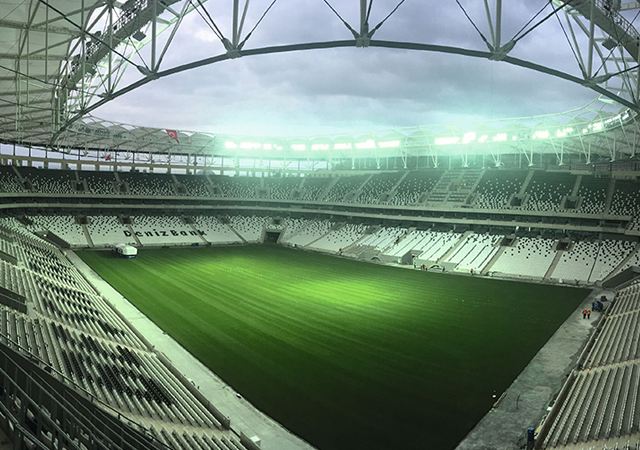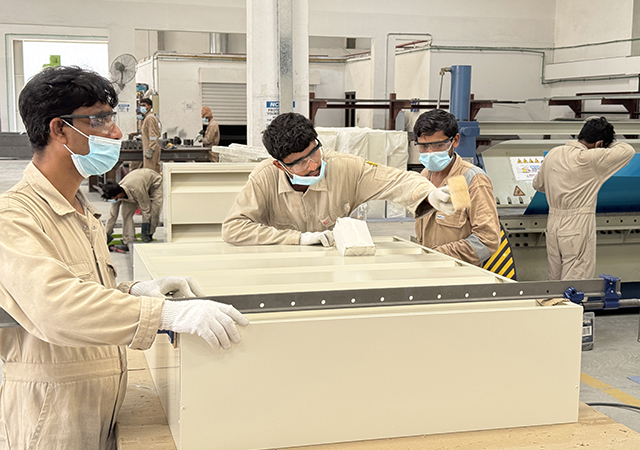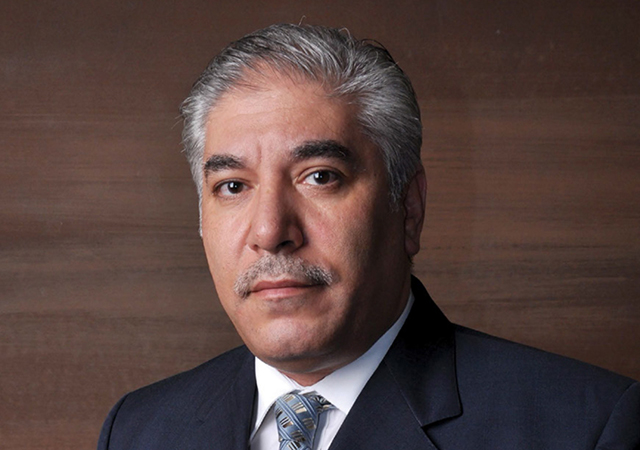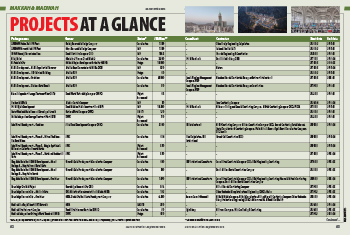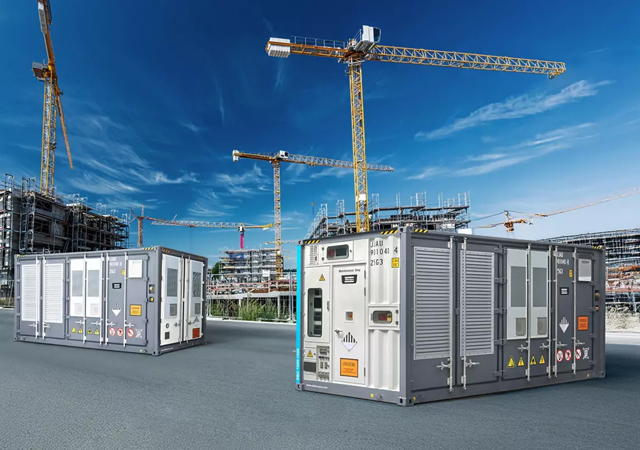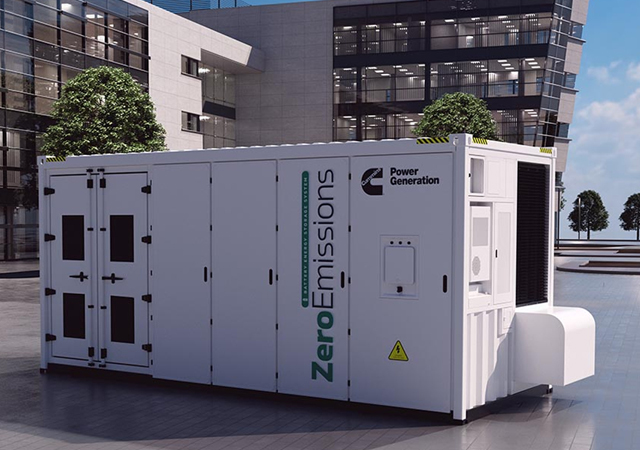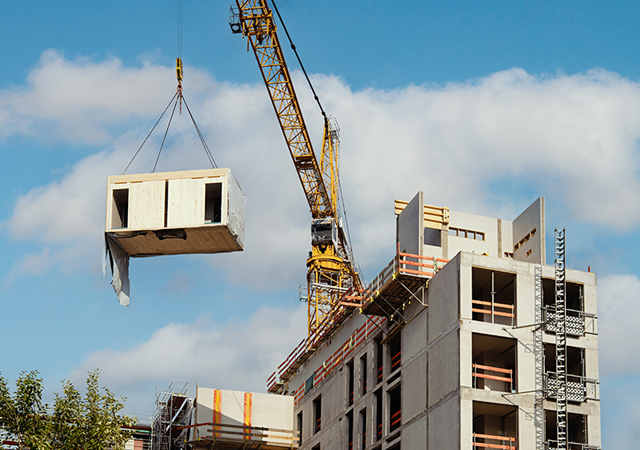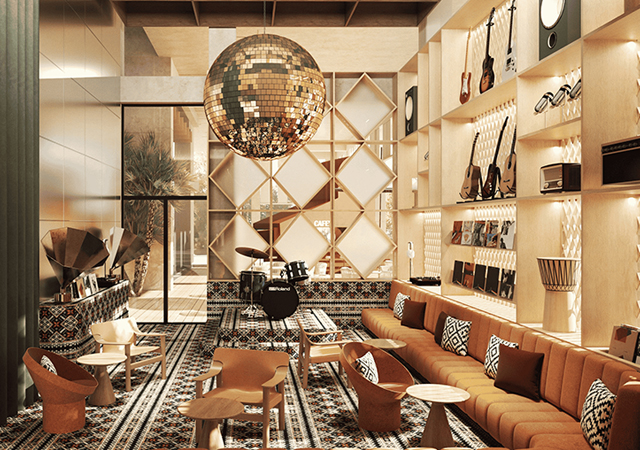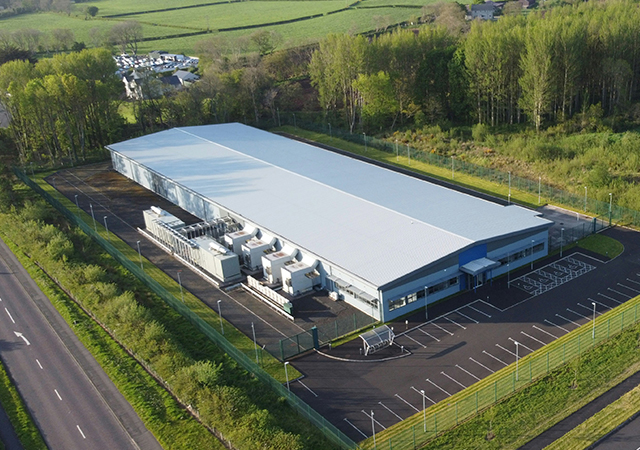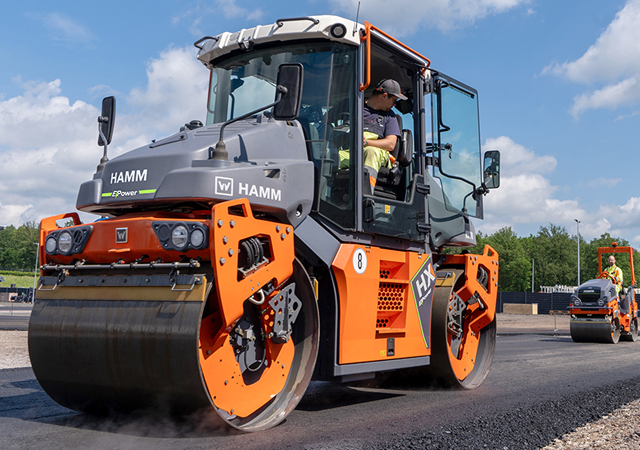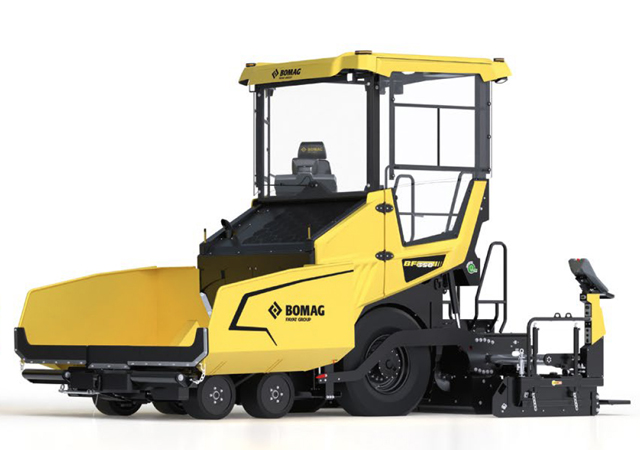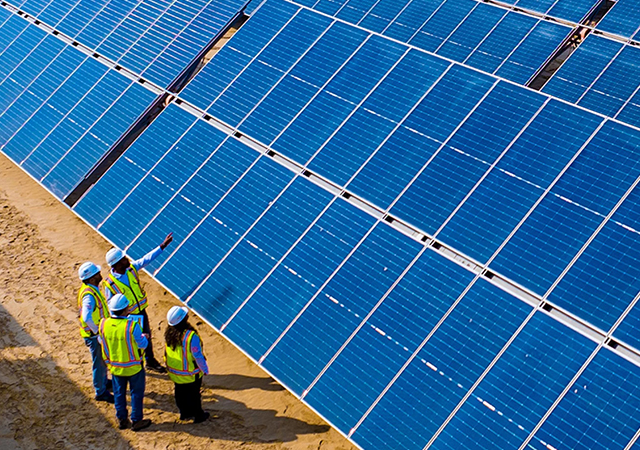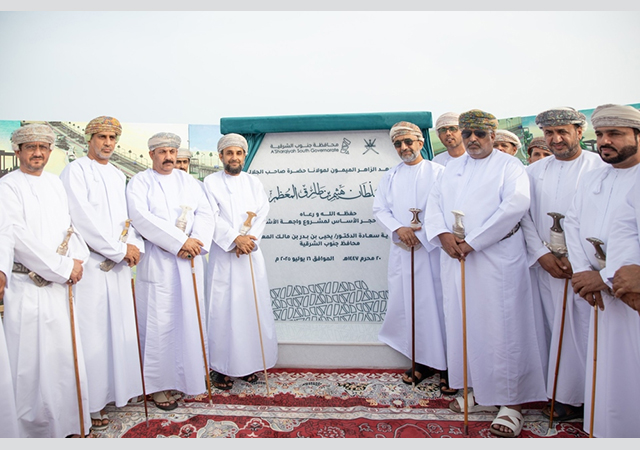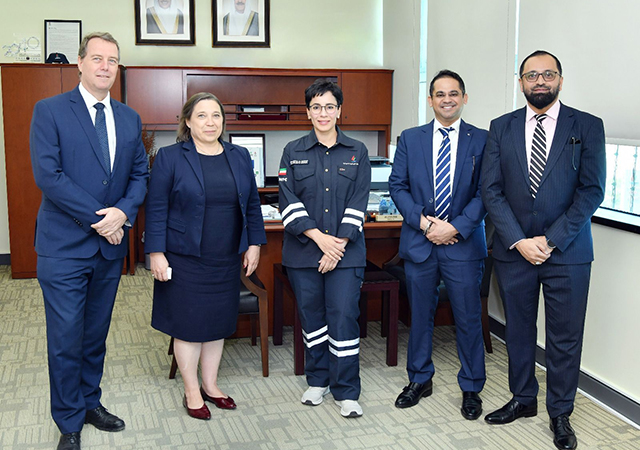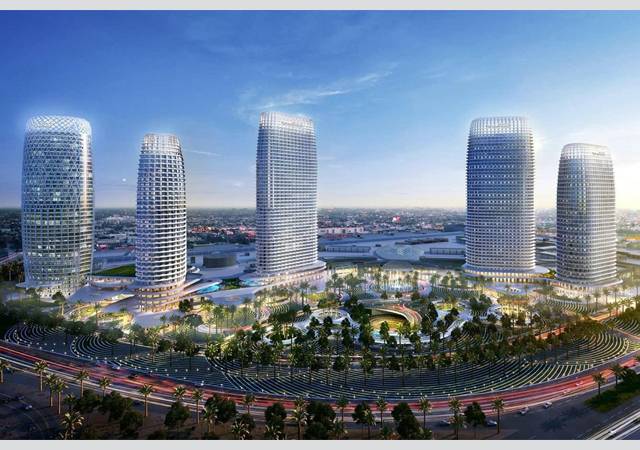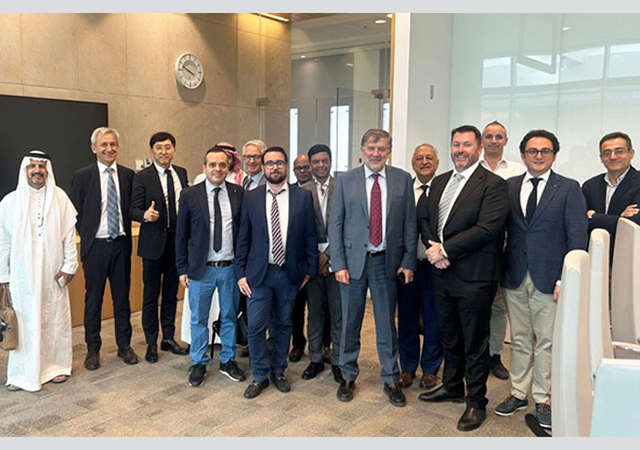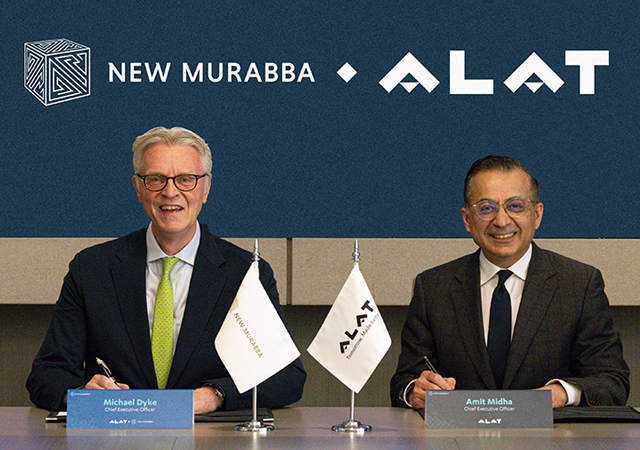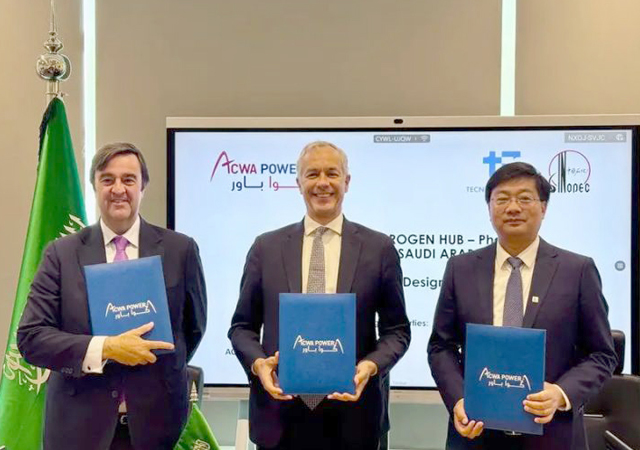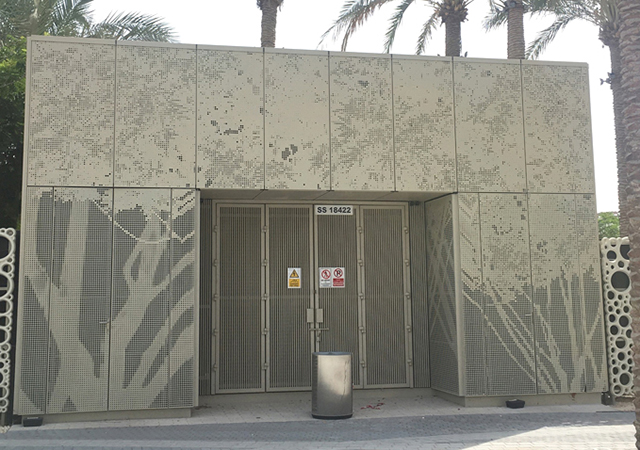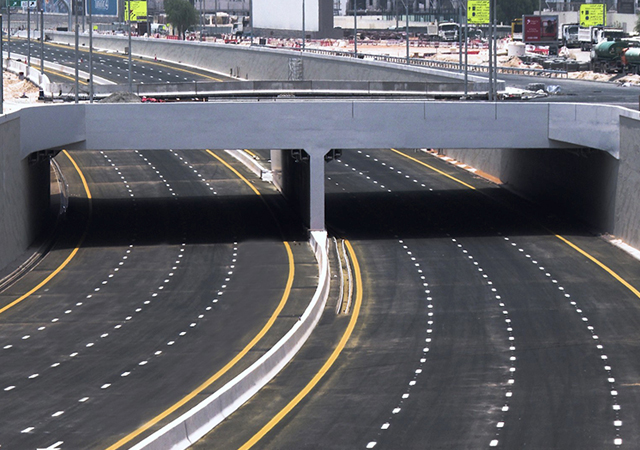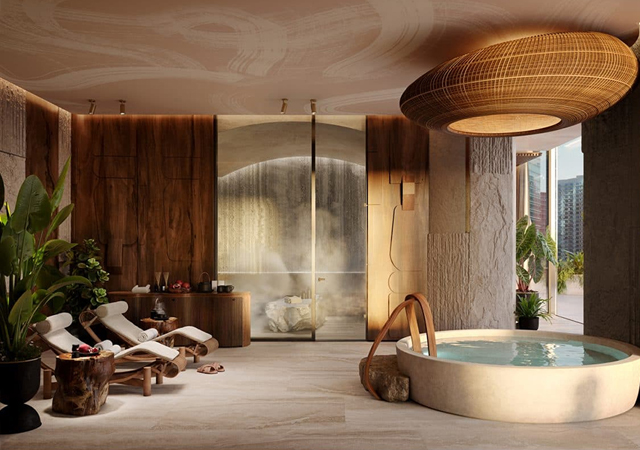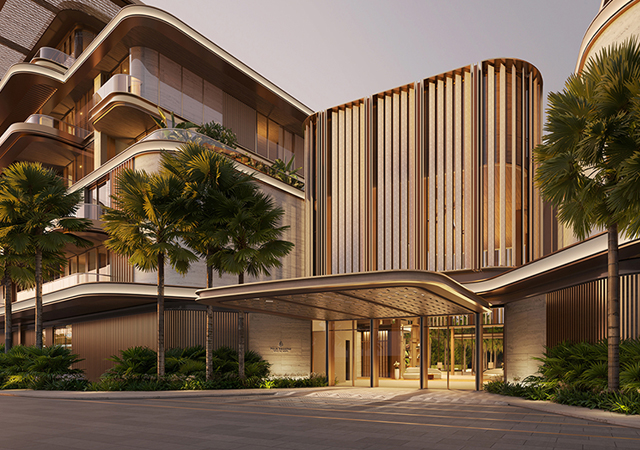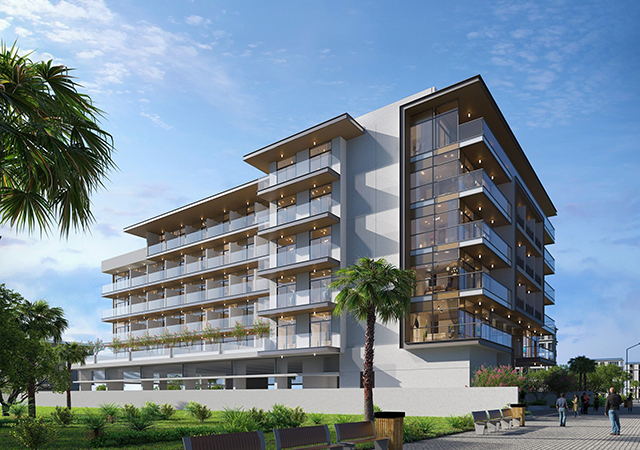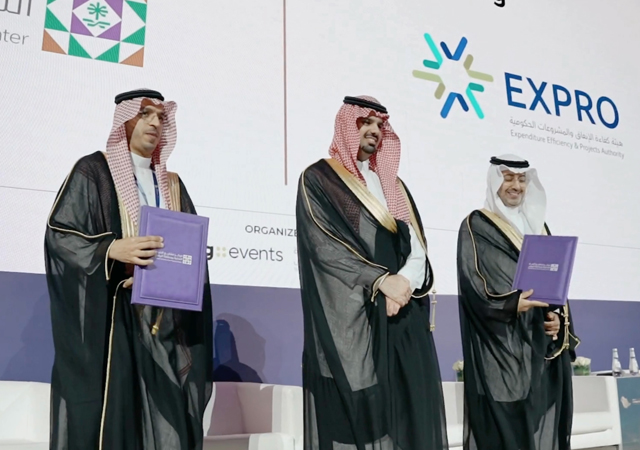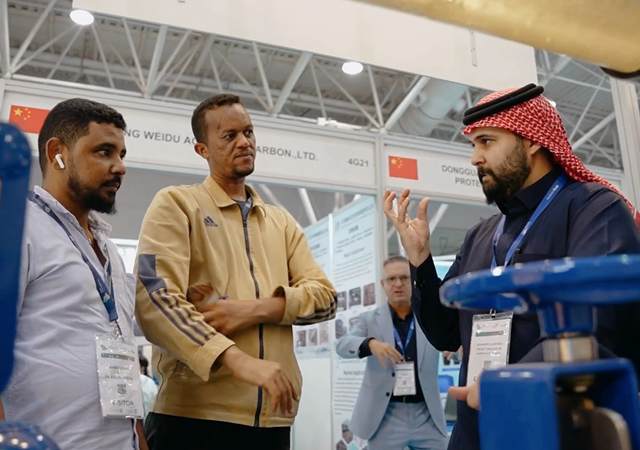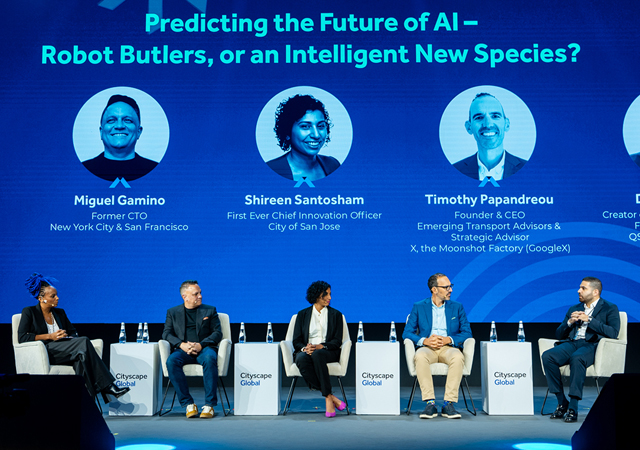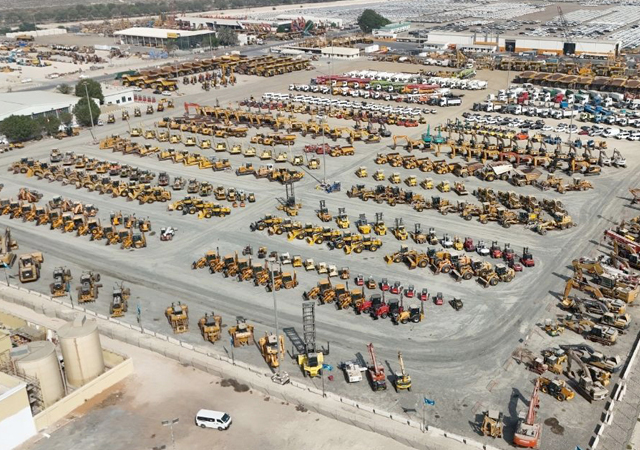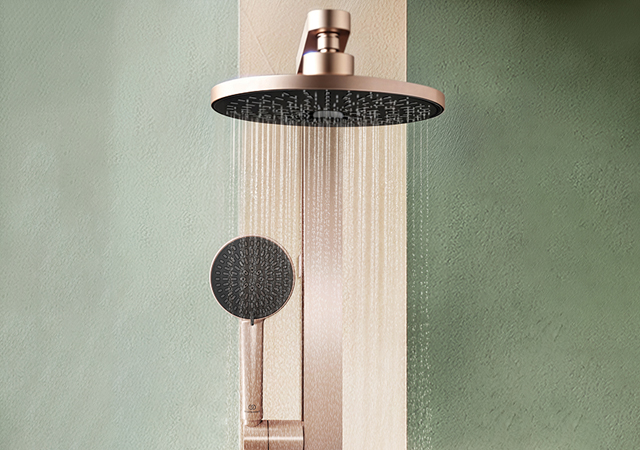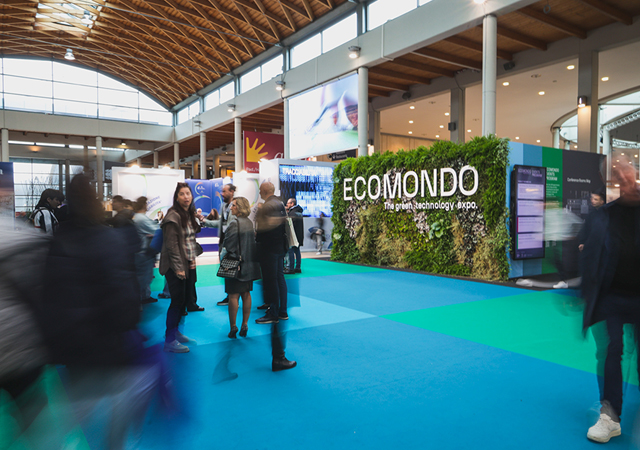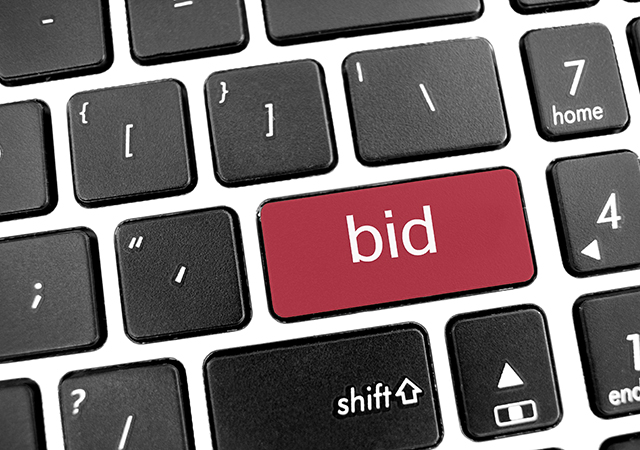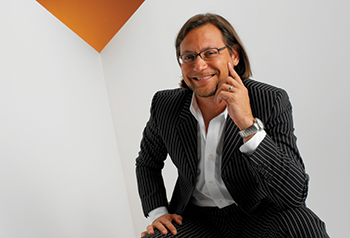 Ludwig ... eye for detail.
Ludwig ... eye for detail.
The evolution of human posture is driven by mobile technology, says JAMES LUDWIG, vice-president, global design and product engineering at Steelcase*.
New technologies have changed the way people work and move throughout the day. Office employees are now spending up to six hours a day working on mobile devices rather than desktop computers, and often toggle between three different devices throughout the day. This is what we at Steelcase discovered after conducting a Global Posture Study of 10,739 employees across six continents.
We saw from our research that employees are using more devices and are more mobile throughout the day than ever before. These changes have led to nine new postures not currently supported by traditional office chairs, which can cause pain and long-term injuries and reduce concentration and creativity. The user interface of our new devices is intuitive and responds to various gestures but the way technology impacts our bodies as we work has been largely ignored. This study revealed the frequency in which people move and change positions, and the new postures assumed as employees engage with new technologies.
According to the survey, women prefer to work on smartphones while laptops are more appealing to men. Men, however, are more likely to work with three or more mobile devices (64 per cent) while women choose to work with a maximum of two (47 per cent). Compared to other generations, the so-called Millennials – born between 1979 and 2000 – are the most mobile, according to the study.
Steelcase identified nine different postures adopted most frequently by office employees, including:
• The Strunch: As people become fatigued, they gradually push their laptop further from the edge of the work surface, resting their weight on the surface.
• The Draw: Technology, small and mobile, allows people to pull back from their desks while they use it.
• The Multi-Device: This posture is representative of how people adapt to multitasking on multiple-devices – one hand holding a phone to the ear, the other tasking on a laptop.
• The Text: Smartphones are small compared to other forms of technology and, therefore, require unique postures. Employees bring arms in close as keying and gesturing are performed.
• The Cocoon: People recline, bring up their feet to a sitting height, and draw their smartphone or tablet close, allowing it to rest on their thighs.
• The Swipe: This posture results when the device is used on a worksurface in “surfing mode”, in which people operate the device with one hand, typically with
swiping gestures.
• The Smart Lean: A result of mobile technology and the desire for people to temporarily “pull away”, this postures allows a moment of privacy without having to leave a meeting or collaborative environment.
• The Trance: This posture was observed when people were focused on the screen, either mousing or using a touchpad to navigate, for extended periods of time.
• The Take It In: Due to bigger displays, people recline to view content on their high-resolution desktops and/or sit back to contemplate.
In response to the Global Posture Study, Steelcase introduced the Gesture chair inspired by the movement of the human body and designed for the ways people work today. The Gesture chair’s three key interfaces – the core interface, upper limb interface and seat interface – specifically support the new postures driven by new technology and more casual behaviours in the workplace.
Additional findings of the Global Posture study include:
• Laptops versus smartphones: Employees surveyed work between three and six hours on mobile devices daily. Men prefer laptops (34 per cent), whereas women like to work on smartphones (41 per cent).
• Millennials need space to move: Millennials change postures more often than other age groups. Seven per cent prefer the ‘The Cocoon’ posture (twisting arms and legs like in a cocoon), 15 per cent ‘The Strunch’ (stretched out over the desk), and 27 per cent ‘The Trance’ (concentrated reading on the screen).
• Women prefer to retreat: Female employees choose postures where they can withdraw from the environment, like ‘The Cocoon’ and ‘The Strunch’. Men prefer open seating postures to lean back, like ‘The Draw’ (for working with tablets), ‘The Smart Lean’ (to create privacy during meetings) and ‘The Take It In’ (leaning back due to bigger displays).
• Multitasking and concentration: Irrespective of age and gender, 25 per cent of employees prefer ‘The Multi-Device’ posture (simultaneously using several technical devices) followed by 20 per cent preferring ‘The Trance’ (concentrated reading on the screen).
The evidence from the study clearly showed the multiplicity of postures adopted by workers and how comfortable they are in using a widening array of technology. Many people are using chairs that were designed well before these new devices became common tools at work. Back then, chairs were created to help people hold one pose in front of a computer all day. Now we know that people need to move and change positions regularly, especially as they engage with new technologies. We observed people in pain – they need a sitting experience like Gesture designed for the ways we work today.
*Steelcase is a global company headquartered in Grand Rapids, Michigan, US, that develops and manufactures furniture, interior architecture, technology products and services for corporate offices. Through its brands, the company also creates products for small businesses, healthcare, higher education settings, as well as environments for mobile workers.






